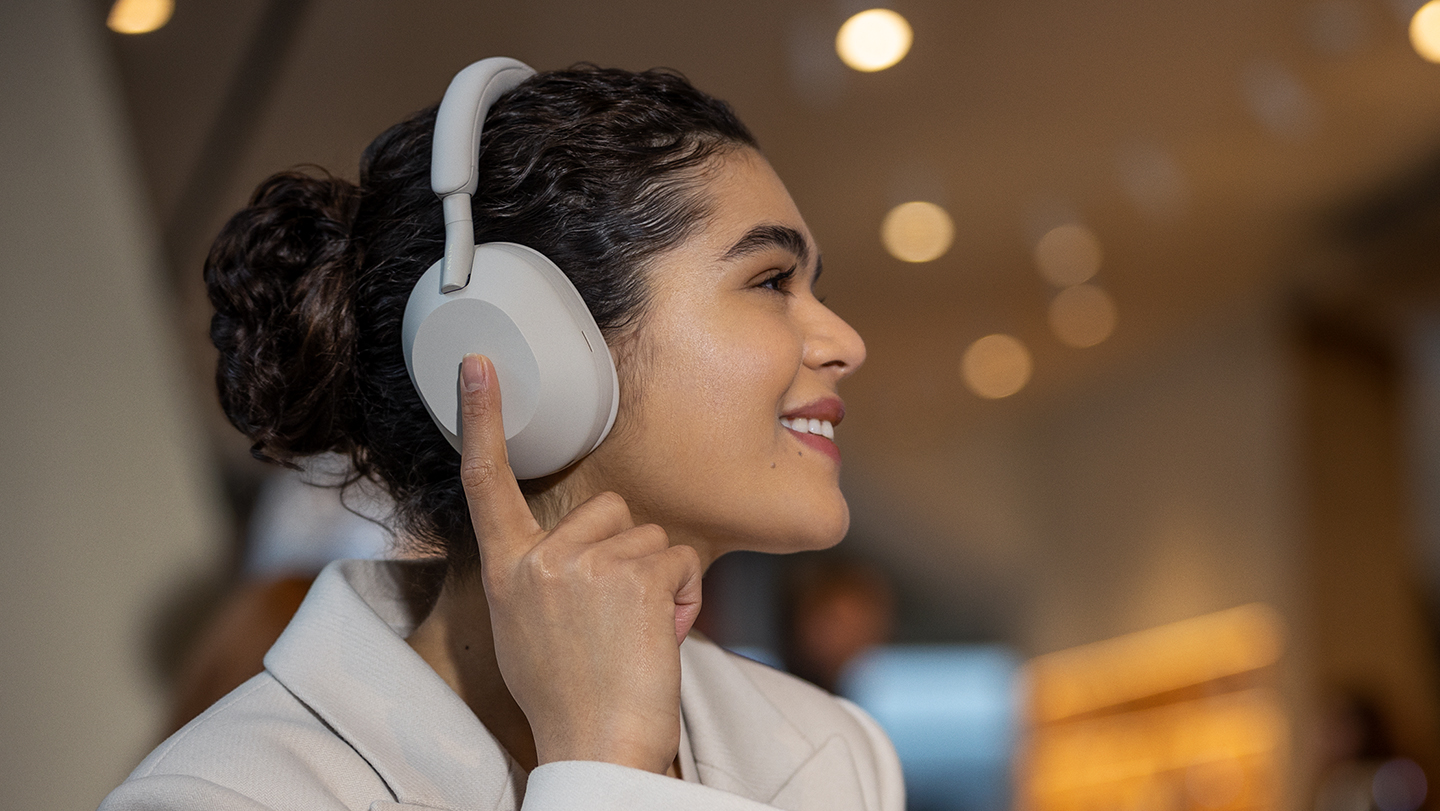The Sony WH-1000XM5 headphones are great, but the XM4 are the better buy
When it comes to bang for buck, there's a clear winner

If you're keeping an eye out for a fresh set of noise-cancelling headphones, you'll most likely have stumbled upon rave reviews of the Sony WH-1000XM5, the latest in the long line of industry-leading ANC cans from Sony.
But do you really need to fork out the extra dosh for the latest and greatest, or will the previous generation – the Sony WH-1000XM4 – satisfy your needs just as well?
As you may have guessed from the headline, I think the XM4 will be more than enough for the vast majority of users, while the XM5 is more of a luxury spend if you’re desperate for the latest ANC tech. Here's why the XM4 are the better buy.
A fistful of dollars
The focus of this article is about the value that each pair of headphones offers, so it's worth noting here that Sony's launch pricing for the XM5 is higher than that of the XM4 across all regions: £379 / $349 / AU$549 compared with £349 / $399 / AU$499 for the XM4.
What's more, with the XM4 having been on the market for almost two years, it's seen its price lowered substantially since release – as is the case with every Sony audio product, these drops tend to occur rather soon after release.
So while you'll be paying full price at the moment for the latest XM5 cans, we've seen the XM4 drop as low as £200 / $250 / AU$330, and there's every chance they'll hit that mark again during the Amazon Prime Day sales, or possibly dip even lower.
All this is to say that you can score the WH-1000XM4 for about 60% of the price of the newer XM5, depending on your location, so why spend that extra chunk of change?
The more things change...
The most notable improvement in the XM5 over the XM4 is in its noise-cancelling prowess – the number of microphones has doubled from four to eight, and an extra processor is present, resulting in better ANC across the board.
But, at launch, the XM4 had the best noise-cancellation available in its class, and that's still incredibly impressive two years down the track. If you're absolutely hell-bent on getting bleeding-edge ANC, then the extra cost might be worth it for you.
Another more immediate difference is in the design, with the XM5 offering the first big refresh to the 1000X range since it first launched. Subjective aesthetics aside, the new cans no longer sport the folding design of previous models, but maintain much the same degree of comfort and lightweight build as their predecessors. Once more, this is entirely up to you if it's worth the extra money, but one isn't necessarily an improvement on the other.
In more critical areas, like audio production and battery life, the results are much more nuanced. Despite the driver size dropping from 40mm to 30mm in the newer model, the same audio signature is largely present. Both offer incredibly clear sound with a great sense of space and a generally warmer, bassier response.
Battery life remains the same with ANC engaged – an impressive 30 hours of listening – but the newer model can eke out an extra two hours (40 vs 38) with noise-cancellation disengaged.
With audio quality, battery life, build quality and comfort sharing so much of the same DNA across models, it's a much harder sell to suggest the XM5 for its ANC alone given that sizeable price gap.
The Sony WH-1000XM5 may have scored full marks in our review, but so did the XM4, so before buying either, consider if you're fine with having 2020's best noise-cancellation, rather than 2022's, and whether that slight upgrade is worth the cost.
For a deeper look at the feature breakdowns of each product, you can view our Sony WH-1000XM5 vs WH-1000XM4 comparison piece.
The siren song of iterative upgrades
While I've talked here specifically about these two pairs of Sony headphones, you can apply this logic to the vast majority of tech products in general – phones, laptops and TVs are all susceptible to this trend.
If something was incredible a year or two ago, its functionality and appeal shouldn't be diminished by the simple fact that something newer and slightly better has landed.
If this improved model happens to be available at the same price as its capable forebear and you don't already possess the latter, then going for the improved version is a no-brainer, but that's very rarely the case given how commonly we see discounts on older models.
I think it's fine to 'believe the hype' when a new product arrives, but it's more important that you remember that hype when a successor inevitably launches a few months down the line.
Get daily insight, inspiration and deals in your inbox
Sign up for breaking news, reviews, opinion, top tech deals, and more.
